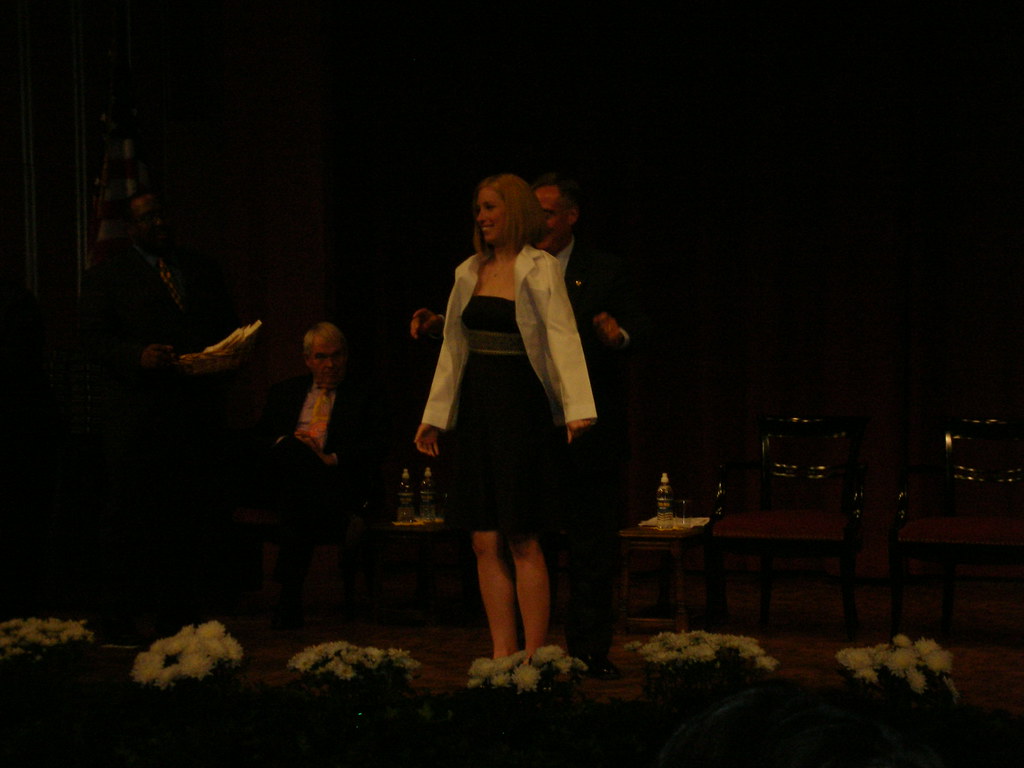In medicine, we call it emesis. The other research assistants favoured the term "booting." Whatever you call it, I was holding the sides of a toilet and vomiting neon yellow bile yesterday one hour after watching a neonatal autopsy.
The baby in question was about one week old and died shortly after surgery to embolize a vein of Galen malformation. Basically, the baby was born with an extremely large vein in the brain -- this causes low blood pressures in the arterial system and high venous pressure (reversal of normal, also termed persistent fetal circulation). One potential repair is to fill the vessels feeding the oversized vein with glue (yes, literally glue) to lessen the amount of blood flowing through the malformation and restore normal blood pressures. This baby died shortly after surgery after two mysterious distended abdomen complications and difficulty ventilating.
An autopsy is not an elegant or a respectful procedure. The body is handled roughly, like an object, and no care is made to preserve the features that viscerally remind us of the corpse's humanity. The first part of the autopsy was an excision of the brain done with incisions from each ear to the center top of the head. The face is then peeled down and the skull cut into 4-5 triangles, which are peeled open like a flower to provide unhindered access to the entire brain. Unlike television, the baby bled when it was cut; this is not CSI, the bodies are not embalmed prior to examination.
Upon opening the skull it was immediately evident that there had been a substantial subdural and subarachoid hemorrhage (bleeding in the space between the brain and it's covering layers, the meninges). Thus, there was a lot of blood and it lots of gauze was required to visualize the venous system within the brain (you can see the vein of Galen by pushing apart the two hemispheres, gently). The spinal cord was then severed and the brain extracted and placed in diluted formalin to "set" for two weeks before the brain cutting (serial sectioning of the entire brain and spinal cord).
Once the brain is removed the face is pulled back up, but the skull is left open. The next question was what substance was filling the belly. To see whether it was air, the baby was submerged in a basin of water and a hole poked in the abdomen to see if bubbles would result. No bubbles. The body was removed from the basin and held upside down to let the (empty) skull drain (it filled with water when submerged: no brain, remember).
A Y incision was made, which is really more of a U from nipple to nipple and then a line down past, but around, the belly button. Care has to be taken not to cut to deeply, only skin and fat, not the organs beneath. Once you cut into the body, yellow liquid runs off - I think it's the water mixing with the fat (adipose) tissue.
A probe was used to spread the skin around the abdomen and below - the baby had no testicles in the scrotum so, where were they? Gently the intestines were pulled out (not all the way, just a bit) and nudged sideways so that there was a view of the interior of the body cavity. One of the intestines was brown (my guess: large) and the other more greenish (my guess: small), but both smooth and slimy. The testes looked like miniature pearl onions and they were floating off on the left side, not in the track they descend down so something was wrong there.
I didn't get to see then crack the chest because at that point we had to go see another (living) patient. Frankly, I think this was about as much as I could handle... I mean, this was a newborn and it didn't look dead.
While I was in there, watching, I felt mostly fine. I had a low level of queasiness, but I was interested in what I was learning about anatomy and pathology. My brain was on board, but my body was apparently not. I think there is something primal within that rejects the desecration of your own species and produces a visceral reaction. I was told you learn to control it, but that it never really goes away and to be honest, I'm glad. I'm even a little proud that I got sick (especially that I held it together until later, when none of the doctors could see) because it proved that despite my ability to be detached, I have not lost my empathy.
You're probably thinking... but you're going to do this in gross anatomy. Well, yes and no. One, those bodies are preserved (less blood). Two, they are skinned (much less human looking). Three, the faces are draped (again, less human looking). Four, they are adults, not babies. But, yes, I will have to touch dead bodies again.
And if I "boot" when I do it, I promise to tell you all.






































